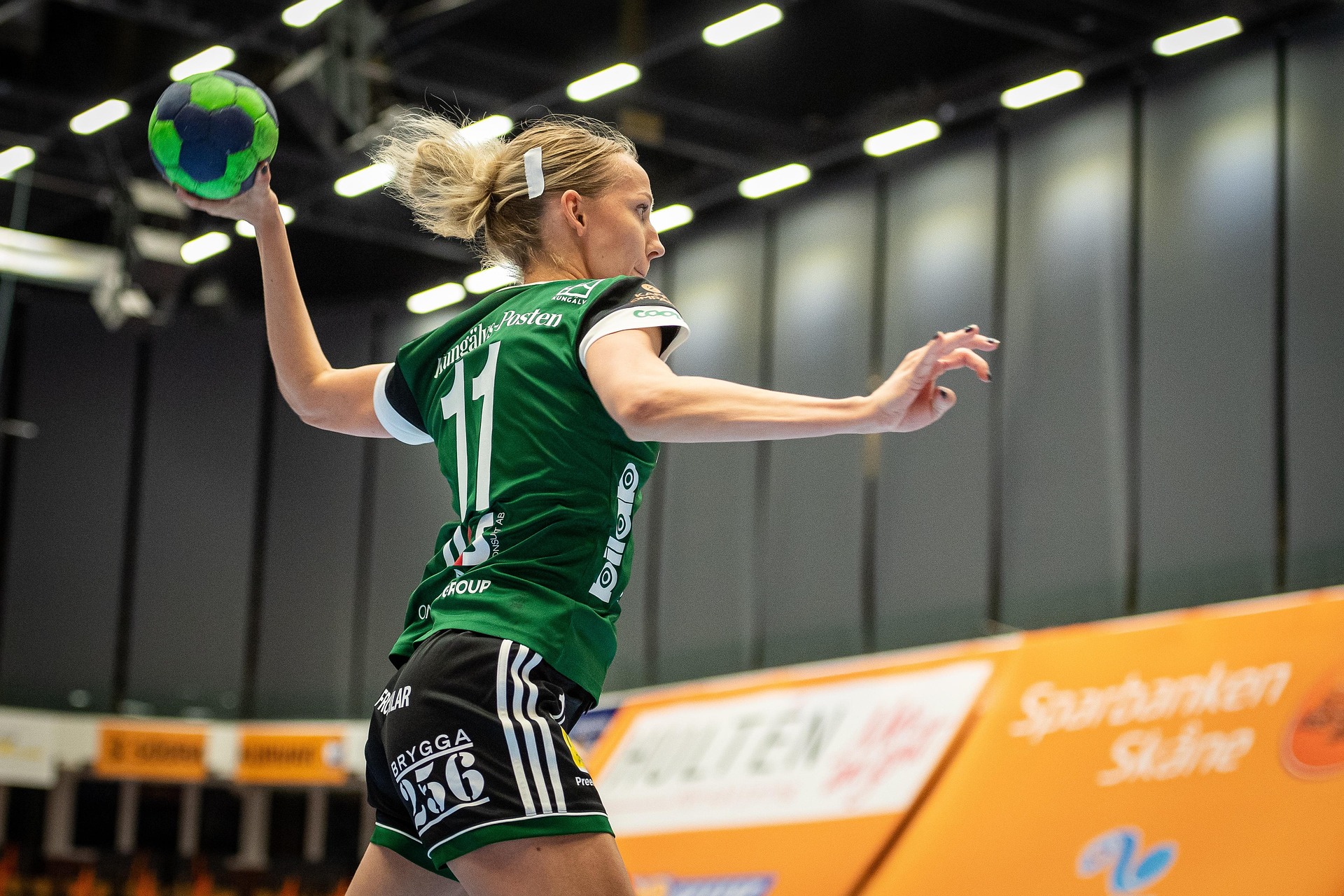Underwater Hockey: The Hidden Gem of Aquatic Sports
Plunge into the world of underwater hockey, a thrilling aquatic sport that combines the strategy of ice hockey with the grace of swimming. This lesser-known discipline challenges athletes to push their limits, showcasing remarkable skill and endurance beneath the surface. As we dive deeper into the intricacies of this unique sport, prepare to discover a whole new dimension of athletic competition that's making waves in the global sporting community.

The first official underwater hockey world championship took place in Canada in 1980, marking a milestone in the sport’s international recognition. Since then, the game has spread to over 20 countries, with strong followings in Australia, New Zealand, South Africa, and parts of Europe and North America.
As the sport evolved, equipment and rules were refined to enhance safety and gameplay. Modern underwater hockey uses a puck weighing approximately 1.5 kg, allowing for faster and more dynamic play. The development of specialized gear, including curved sticks, protective gloves, and streamlined masks, has further elevated the sport’s competitive edge.
The Mechanics of Play: Mastering Underwater Agility
Underwater hockey is played in a swimming pool, typically 25 meters long and 15 meters wide, with a depth of 2 to 4 meters. Two teams of six players each compete to maneuver a puck across the pool floor into the opposing team’s goal using short sticks.
Players must demonstrate exceptional breath-holding abilities, as no breathing apparatus is allowed during play. This requirement adds a unique dimension to the sport, demanding athletes to master the art of breath control while executing complex maneuvers.
The game is divided into two 15-minute halves, with players frequently rotating to allow for recovery at the surface. This constant flux of players creates a dynamic and fast-paced environment, requiring teams to adapt quickly to changing situations underwater.
Key skills in underwater hockey include:
-
Breath-holding and lung capacity management
-
Underwater propulsion techniques
-
Puck handling and stick control
-
Strategic positioning and teamwork
-
Rapid decision-making under physical stress
Mastering these elements requires dedicated training both in and out of the water, combining cardiovascular fitness, strength conditioning, and sport-specific drills.
Physical and Mental Benefits: More Than Just a Game
Engaging in underwater hockey offers a myriad of health benefits that extend beyond the pool. The sport provides an exceptional full-body workout, engaging major muscle groups while improving cardiovascular endurance.
The unique underwater environment creates natural resistance, enhancing muscle strength and tone without the high-impact stress associated with many land-based sports. This low-impact nature makes underwater hockey an excellent option for athletes of all ages and fitness levels.
From a mental perspective, the sport cultivates:
-
Enhanced focus and concentration
-
Improved stress management and relaxation techniques
-
Heightened spatial awareness and proprioception
-
Developed teamwork and communication skills
-
Increased confidence in aquatic environments
Research has shown that regular participation in underwater hockey can lead to significant improvements in lung function and breath-holding capacity. A study published in the “European Journal of Applied Physiology” found that underwater hockey players demonstrated superior lung volumes and respiratory muscle strength compared to other athletes.
Moreover, the meditative aspects of being underwater have been linked to reduced stress levels and improved mental well-being. The requirement to focus solely on the present moment during play aligns with mindfulness practices, offering a unique form of moving meditation.
Global Growth and Competitive Landscape
While still considered a niche sport, underwater hockey has been gaining traction globally. The Confédération Mondiale des Activités Subaquatiques (CMAS) governs the sport internationally, overseeing world championships and promoting its growth.
Recent years have seen a surge in participation, particularly in countries with strong swimming cultures. Australia and New Zealand have emerged as powerhouses in international competitions, with European nations like France and the Netherlands also fielding formidable teams.
The sport’s growth has been particularly notable in youth categories, with many countries implementing underwater hockey programs in schools and community centers. This grassroots approach is crucial for the sport’s long-term development and Olympic aspirations.
Competitive underwater hockey is divided into several categories:
-
Men’s and Women’s Elite
-
Masters (35+ years)
-
Under-19 and Under-24 divisions
-
Mixed team events
The diverse range of competitive options has contributed to the sport’s inclusivity, allowing athletes of various ages and skill levels to participate at national and international levels.
Technological Advancements and Equipment Innovation
As underwater hockey continues to evolve, technological advancements play a crucial role in enhancing both player performance and spectator experience. Innovations in equipment design have significantly impacted the sport’s dynamics and accessibility.
Modern underwater hockey sticks are crafted from advanced composite materials, offering improved durability and flexibility. These sticks are carefully engineered to provide optimal control and power transmission underwater, allowing players to execute precise maneuvers with greater ease.
Protective gear has also seen substantial improvements. State-of-the-art masks and snorkels are designed to minimize water resistance while maximizing visibility and comfort. Gloves now incorporate reinforced materials to protect players’ hands without sacrificing dexterity, crucial for manipulating the puck in tight situations.
Perhaps one of the most significant technological contributions to the sport has been the development of underwater camera systems. These high-definition cameras, strategically placed around the pool, capture the action beneath the surface and relay it to large screens above water. This innovation has not only enhanced the spectator experience but also provided valuable tools for coaching and player development.
Advancements in pool design specifically for underwater hockey have also emerged. Some facilities now feature specialized lighting systems that improve underwater visibility, as well as textured pool floors that provide better traction for players. These enhancements contribute to faster, more dynamic gameplay and reduce the risk of injuries.
Training Methodologies: Blending Land and Water Preparation
Successful underwater hockey players require a unique blend of aquatic skills and land-based fitness. As the sport has grown, so too have the sophistication and specificity of training methodologies.
Dry-land training for underwater hockey focuses on:
-
Core strength and stability
-
Lower body power for explosive movements
-
Upper body endurance for continuous puck handling
-
Flexibility and mobility to enhance underwater agility
Specialized exercises like medicine ball throws, resistance band work, and plyometrics are incorporated to mimic the demands of underwater play. CrossFit-style workouts have gained popularity among players due to their emphasis on functional movements and high-intensity intervals, mirroring the stop-start nature of the game.
In-water training sessions typically include:
-
Breath-holding exercises and hypoxic swimming drills
-
Underwater sprints and agility courses
-
Puck handling and passing drills
-
Simulated game scenarios and tactical exercises
Many teams also incorporate freediving techniques into their training regimens to improve breath-holding capacity and comfort at depth. Some programs have even begun using underwater heart rate monitors to optimize training intensity and recovery.
Nutrition plays a crucial role in underwater hockey performance. Players often follow diets rich in complex carbohydrates and lean proteins to support the sport’s high energy demands. Proper hydration is paramount, given the dehydrating effects of prolonged immersion in chlorinated water.
The Psychology of Underwater Competition
The mental aspects of underwater hockey are as challenging as the physical demands. Competing in an environment where verbal communication is impossible requires players to develop acute awareness and non-verbal communication skills.
Sports psychologists working with underwater hockey teams focus on:
-
Developing mental toughness for prolonged breath-holding
-
Enhancing focus and concentration in a sensory-deprived environment
-
Building team cohesion through non-verbal cues
-
Managing pre-competition anxiety and in-game stress
Visualization techniques are widely employed, with players mentally rehearsing game scenarios and perfecting their underwater movements. This mental preparation is crucial for success in a sport where split-second decisions can make the difference between victory and defeat.
The unique nature of underwater hockey also fosters a strong sense of community among players. The shared experience of competing in such a challenging environment creates bonds that often extend beyond the pool, contributing to the sport’s growing popularity.
Environmental Impact and Sustainability Efforts
As awareness of environmental issues grows, the underwater hockey community has taken steps to minimize its ecological footprint. Many tournaments now implement strict sustainability guidelines, focusing on reducing plastic waste and energy consumption.
Efforts to make the sport more environmentally friendly include:
-
Using recycled materials in equipment manufacturing
-
Implementing energy-efficient pool heating and filtration systems
-
Organizing beach and underwater clean-up events in conjunction with competitions
-
Educating players and spectators about marine conservation
Some underwater hockey organizations have partnered with marine conservation groups, using the sport as a platform to raise awareness about ocean health and the importance of aquatic ecosystems.
The Future of Underwater Hockey: Olympic Dreams and Beyond
As underwater hockey continues to grow, many within the sport harbor aspirations of Olympic inclusion. While this remains a long-term goal, the increasing global participation and standardization of rules bring it closer to reality.
In the meantime, the sport is focusing on expanding its reach through:
-
Youth development programs and school initiatives
-
Increased media coverage and live streaming of major events
-
Cross-promotion with other aquatic sports
-
Development of professional leagues in key markets
The potential for underwater hockey extends beyond competitive sport. Its unique characteristics make it an excellent tool for military and rescue personnel training, improving their underwater capabilities and breath-holding skills.
As virtual and augmented reality technologies advance, there’s potential for underwater hockey to enter the e-sports arena. Virtual simulations could allow players to compete in underwater environments without the need for a pool, potentially broadening the sport’s accessibility and appeal.
Diving into the Future of Sport
Underwater hockey represents a fascinating evolution in aquatic sports, combining physical prowess, mental acuity, and technological innovation. As it continues to grow and develop, it challenges our perceptions of what constitutes a sport and pushes the boundaries of human performance in aquatic environments.
The sport’s unique blend of individual skill and team coordination, coupled with its environmental consciousness, positions it as a model for future sporting disciplines. Whether it achieves Olympic status or remains a beloved niche pursuit, underwater hockey’s impact on athletic training, equipment design, and aquatic recreation is undeniable.
As we look to the future of sport, underwater hockey serves as a reminder of the vast potential for innovation and the enduring human drive to explore new frontiers of physical and mental achievement. It invites us all to dive deeper, push harder, and reimagine the possibilities of athletic competition in the most challenging of environments.





